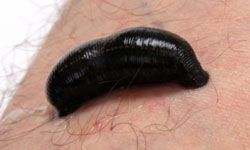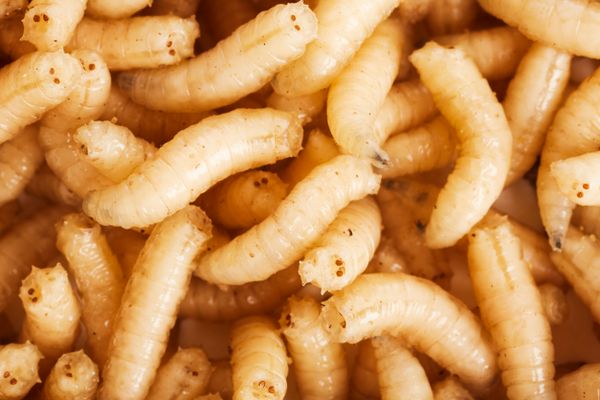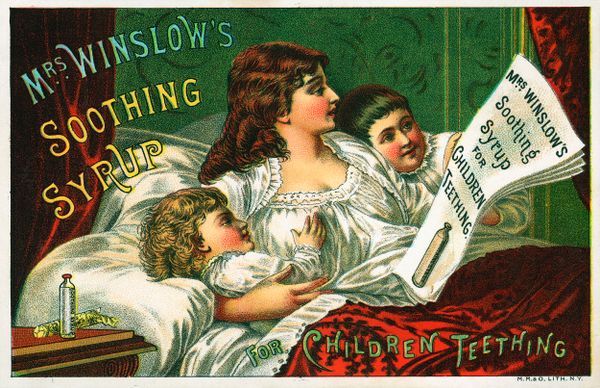"Leeches!!" Anyone who remembers the scene in the 1986 classic movie "Stand by Me" -- in which the young River Phoenix, Corey Feldman and Jerry O'Connell flail and screech in the mud, flinging the blood-sucking creatures from their arms, backs, legs and...other places -- is justified in believing that these slimy, segmented worms' sole reason for existing is to make people recoil in disgust at the very sight of them. But believe it or not, leeches also serve an important purpose in the medical field.
In ancient Greece and 19th-century Europe, leeches were the predominant medical device for bloodletting, a procedure by which practitioners sought to help balance the body's "humors" (phlegm, blood and bile) by simply allowing the subject to bleed for a bit. Bloodletting was prescribed to treat a variety of conditions, from a black eye, headache and fever to obesity and melancholia, and in 1883, French medical professionals imported more than 40 million leeches for this purpose [sources: Rubin, Mestel].
Advertisement
These days, leeches are used to help heal skin grafts -- the process for treating burns in which blood tissue is transferred from one part of the body to another -- by removing blood pooled under the graft and restoring blood circulation in blocked veins. They've also been used in reattaching fingers and other body parts [sources: MSNBC, PBS].
To feed, a leech attaches itself to a human or animal through suckers at each end of its body and then eats its host's blood. Leeches can eat six to eight times their body weight, but rather than sinking to the bottom of the body of water they live in because of such a fully belly, leeches produce a natural anticoagulant or blood thinner, which keeps the blood in them from thickening and clotting and allows them to stay mobile [source: PBS].
The anticoagulant is also useful to patients in a grafting or reattachment procedure. A doctor attaches a leech to the skin near the graft or reconnected digit. As the leech feeds, it releases the blood thinner into the patient's soft tissue, preventing clotting and allowing for continuous blood circulation, which is necessary for the procedure to be successful. When the leech fills with blood, it eventually falls off, but the patient continues to bleed, allowing for continued circulation and new vein growth. Depending on the nature of the procedure, leeches are typically used constantly (replaced as they drop off every 20 minutes or so) for up to two days and then often intermittently for a few days following the procedure [sources: PBS, Rubin].
Advertisement



